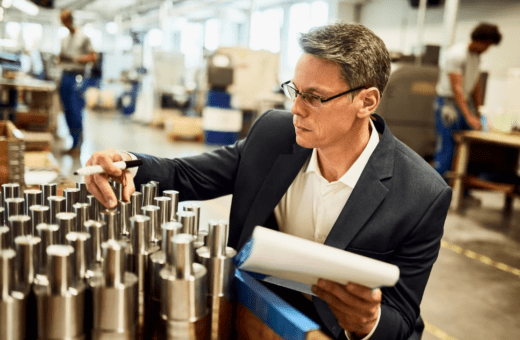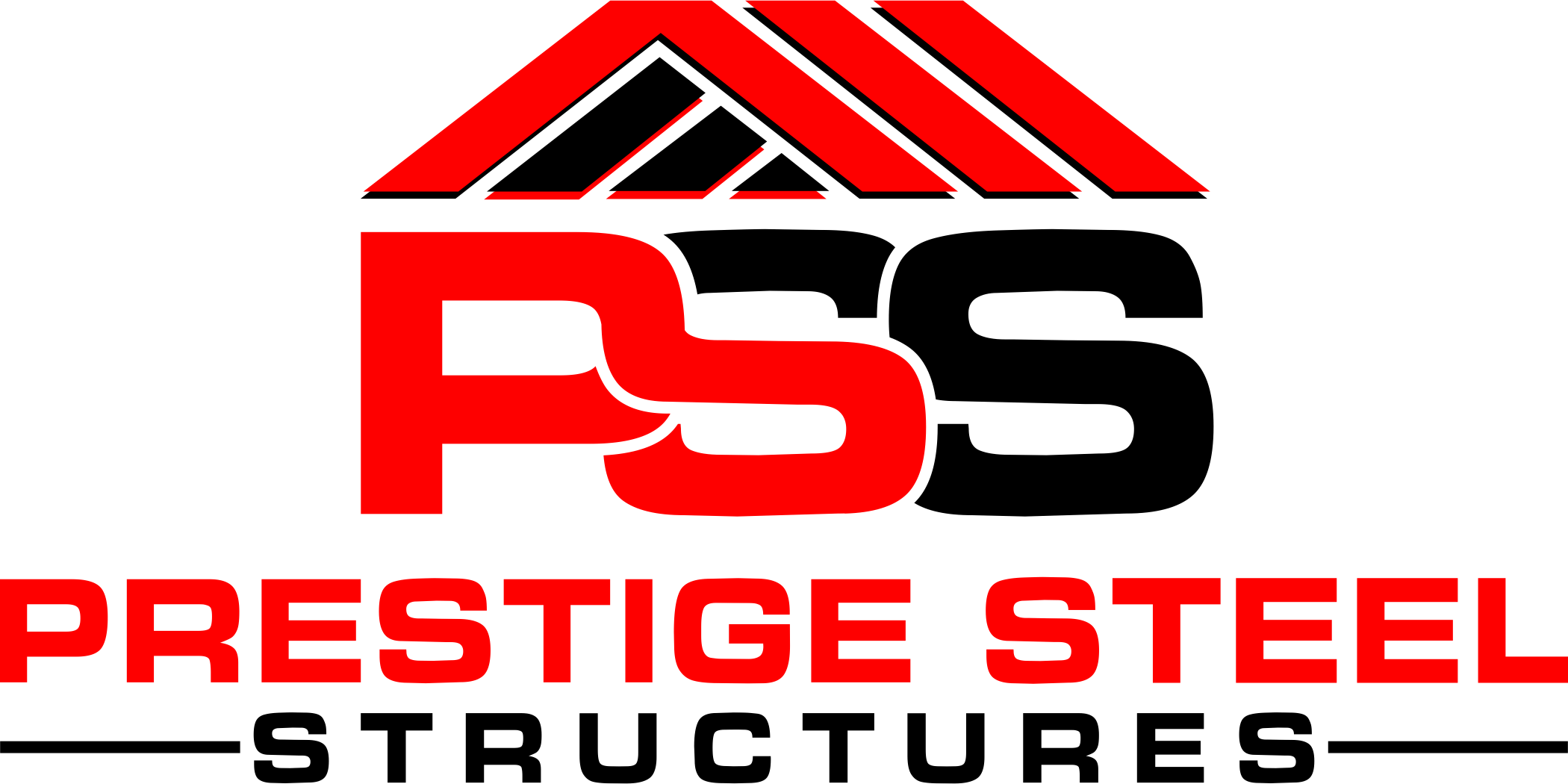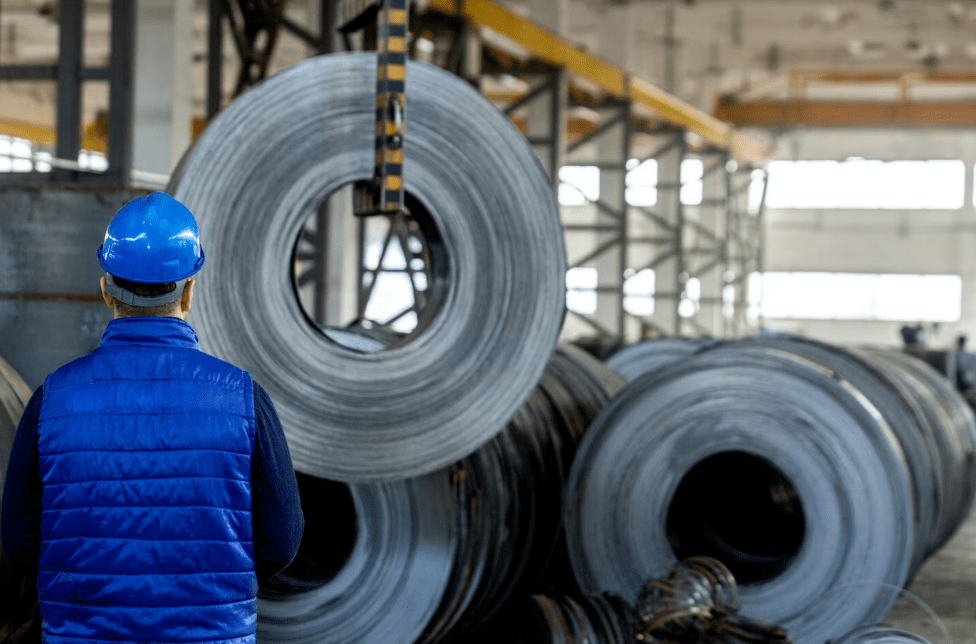Confused by the terms “metal building” and “steel building“? You’re not alone! While they often get used interchangeably, there’s a key distinction to understand. Metal refers to a broad category of naturally occurring elements, like iron, copper, and aluminum. Steel, on the other hand, is a specific alloy made primarily of iron combined with carbon and other elements like manganese, silicon, and chromium. This difference in composition translates into unique properties and applications in the construction world. So, whether you’re planning a workshop, warehouse, or agricultural building, knowing the nuances of metal versus steel is crucial for making an informed decision.

Defining the Terms
What is Metal?
Definition Metals are a specific class of chemical elements in the periodic table exhibiting unique properties like.
Conductivity They readily conduct electricity and heat, making them valuable for electrical wiring, heat sinks, and cookware.
Ductility They can be drawn or pounded into thin wires or sheets without breaking. Think of gold jewelry or aluminum foil.
Malleability They can be shaped and molded under pressure without losing their integrity. Imagine shaping a silver ring or embossing metal artwork.
High melting and boiling points Generally, metals have high melting and boiling points, making them suitable for high-temperature applications like engines and turbines.
Examples The metallic world is diverse, offering a variety of elements with specialized properties. Some common examples include:
Iron The backbone of steel, iron also finds use in cast iron cookware and magnets.
Aluminum Lightweight and corrosion-resistant, aluminum is ideal for aircraft components, beverage cans, and building materials.
Copper A fantastic conductor, copper is essential for electrical wiring, plumbing pipes, and heat exchangers.
Gold Luxurious and resistant to corrosion, gold is prized for jewelry, decorative applications, and even electronics.
Silver Another excellent conductor, silver is used in jewelry, cutlery, and electronics due to its antibacterial properties.
What is Steel?
Definition Steel isn’t a single element; it’s an alloy, a mixture of metals with enhanced properties compared to its individual components. The primary player in steel is iron, accounting for 70-80% of its composition. But the secret sauce lies in the addition of carbon:
Carbon This crucial element, present at 0.2-2.1%, increases steel’s strength, hardness, and durability significantly compared to pure iron.
Properties Steel enjoys several advantages over most pure metals:
Stronger and harder Thanks to carbon, steel can withstand higher loads and resist deformation better than most metals. Think of sturdy bridges and skyscrapers.
More durable Steel offers excellent resistance to corrosion, weathering, and wear and tear, leading to longer lifespans for steel structures.
Versatile Different steel types with varying carbon content and additional elements like manganese, silicon, and chromium cater to specific needs, from shipbuilding to car manufacturing.
Recyclable Steel is highly recyclable, making it a sustainable choice for construction and manufacturing.

Expanding on “Key Differences in Building Applications”
Structural Elements
Metal Buildings
Materials While galvanized steel is common, options include aluminum, copper, zinc, and titanium. Each offers unique strengths and limitations in terms of weight, flexibility, and corrosion resistance.
Framing Metal buildings typically use lightweight, open-web trusses or rigid frames made from thin-walled metal sections. These are cheaper and easier to assemble than traditional steel beams but have lower weight-bearing capacity.
Cladding Metal panels dominate, commonly made from corrugated steel, aluminum, or composite materials. They offer fast installation, weather resistance, and diverse customization options, but may lack the insulation and aesthetic appeal of other materials.
Steel Buildings
Materials Structural steel reigns supreme, with various grades offering specific strengths and properties for different load requirements. Hot-rolled steel boasts high strength and affordability, while cold-rolled steel provides enhanced precision and formability.
Framing Wide-flange beams and columns form the backbone of steel buildings, offering immense strength and flexibility for spanning large spaces and supporting heavy loads.
These are more complex to fabricate and install than metal building components but provide superior structural integrity.
Cladding While metal panels are common, options expand to include brick, concrete, wood, and composite materials. This allows for greater freedom in architectural design and improved thermal insulation compared to pure metal cladding.
Construction Methods
Metal Buildings
Pre-engineering Most metal buildings are pre-engineered in a factory setting, with standardized components delivered to the site for swift assembly. This reduces construction time and complexity, making them ideal for quick-build projects, warehouses, and agricultural structures.
Fast Assembly Bolt-together connections simplify construction, minimizing the need for specialized welding skills and equipment. This can further reduce construction costs and labor requirements.
Limited Customization While pre-engineered options offer some flexibility, extensive customization can be challenging and expensive.
Steel Buildings
Custom Design Steel buildings can be custom-designed from the ground up, allowing for intricate structures, unique architectural features, and tailored layouts. This gives architects and engineers greater creative freedom and ensures perfect alignment with specific project needs.
On-site Fabrication Steel beams and components are often fabricated on-site, providing precise customization and adjustments during construction. This offers more flexibility for unforeseen changes or complex architectural details compared to pre-engineered systems.
More Time-consuming Custom design and on-site fabrication require longer construction times and specialized skills, potentially increasing project costs compared to pre-engineered metal buildings.
Cost and Maintenance
Metal Buildings
Lower Initial Cost Generally cheaper than steel buildings due to pre-engineered components, lightweight materials, and simpler construction methods. This makes them attractive for budget-conscious projects.
Higher Maintenance Metal cladding and framing are susceptible to corrosion, especially in harsh environments. Regular maintenance, including painting or coating, is essential to prevent material degradation and extend the building’s lifespan.
Potential Replacement Costs Thin-walled metal sections may not withstand heavy loads or extreme weather events as well as structural steel, potentially requiring more frequent repairs or replacements over time.
Steel Buildings
Higher Initial Cost The superior strength and customizability of steel come at a premium, making them initially more expensive than metal buildings.
Lower Maintenance Structural steel is highly resistant to corrosion and fire, requiring minimal maintenance beyond occasional inspections and touch-up painting. Proper coating can further extend its lifespan.
Long-term Savings The durability of steel minimizes repair costs and potential replacements, often leading to lower lifetime maintenance expenses compared to metal buildings.

Expanding on “Choosing the Right Building Material”
Budget Constraints
Metal buildings Typically offer the most affordable initial cost, especially for smaller or simpler structures. Prefabricated components and faster construction timelines further add to savings.
Steel buildings While initially more expensive, their long lifespan and minimal maintenance needs can offset costs over time. Consider financing options and potential cost savings from reduced insurance premiums for fire-resistant steel structures
Structural Demands
Metal buildings Capable of handling moderate loads for warehouses, workshops, and agricultural buildings. Aluminum can be cost-effective for smaller spans but may require additional support for heavier loads.
Steel buildings Ideal for high-load applications like industrial facilities, stadiums, and multi-story structures. The strength and versatility of steel allow for complex designs, large open spaces, and heavy equipment support.
Environmental Factors
Metal buildings Aluminum offers good corrosion resistance but may be susceptible to thermal expansion and contraction in extreme temperatures. Galvanized steel provides an affordable rust-resistant option.
Steel buildings Highly corrosion-resistant with proper coating and maintenance. Consider weathering steel for natural rust patina in specific environments.
Thermal insulation Both metal and steel buildings can benefit from additional insulation depending on climate and energy efficiency goals. Different insulation materials like polyisocyanurate or mineral wool offer varying levels of thermal performance and cost.
Consulting Building Professionals
Architects and engineers Their expertise can help you navigate local building codes, understand environmental factors like wind and snow loads, and recommend the most suitable material and design for your project.
Cost estimators Can provide accurate cost comparisons for different material options and construction methods, factoring in potential long-term savings from durability and maintenance needs.
Sustainability and Environmental Impact
Recycled metal Opt for buildings prefabricated using recycled steel or aluminum to minimize virgin resource extraction and embodied carbon footprint.
Recyclability Choose materials with high scrap value for future recycling potential, reducing waste during demolition.
Steel durability The long lifespan of steel buildings minimizes the need for frequent replacements, reducing overall resource consumption and construction waste. Explore green or sustainable features like solar panels or rainwater harvesting for further environmental benefits.

Beyond Steel and Metal: Exploring Alternative Building Materials
Wood
Renewable resource Harvested from sustainably managed forests, it offers an environmentally friendly alternative to steel and metal.
Good insulation properties Provides natural thermal insulation, reducing heating and cooling needs and energy consumption.
Strength and versatility Depending on the species, wood can offer varying degrees of load-bearing capacity and can be used for framing, cladding, and interior finishes.
Ease of workability Relatively easy to shape and manipulate with common tools, making it suitable for DIY projects and small-scale constructions.
Aesthetic appeal Natural beauty and warmth bring a unique charm to buildings, blending seamlessly with natural surroundings.
Limitations Susceptible to moisture damage, fire, and insect infestations, requiring proper treatment and maintenance. Not ideal for large-scale commercial or industrial buildings due to limited structural strength compared to steel and concrete.
Examples of wood applications in construction
Timber-framed houses, log cabins, cottages.
Decks, fences, pergolas, gazebos.
Interior paneling, flooring, beams, and decorative elements.
Structural components in smaller buildings like sheds and barns.
Concrete
Fire-resistant Offers superior fire resistance compared to most other building materials, making it ideal for safety-critical structures.
Strong and durable High compressive strength makes it suitable for bearing heavy loads and withstands harsh weather conditions.
Versatility Can be molded into various shapes and forms, allowing for complex architectural designs and intricate building details.
Long lifespan With proper maintenance, concrete structures can last for centuries, requiring minimal replacement or repairs.
Low maintenance Generally requires minimal upkeep but regular inspection for cracks or moisture penetration is recommended.
Environmental impact High embodied energy and CO2 emissions associated with cement production raise concerns about sustainability. Requires extraction of natural resources and significant energy for manufacturing.
Examples of concrete applications in construction
Foundations, basements, and retaining walls.
High-rise buildings, bridges, dams, and parking structures.
Precast concrete panels for walls and floors.
Decorative elements like columns, sculptures, and architectural finishes.
Composite Materials
Combining the strengths Blending different materials like metal, wood, and concrete can achieve unique properties tailored for specific needs.
Lightweight strength Steel-reinforced wood beams offer high strength while remaining lighter than pure steel, benefiting transportation and construction.
Superior insulation Concrete sandwich panels with an insulating core provide thermal efficiency and structural stability.
Fire-resistant and aesthetic Wood-metal composites combine the fire resistance of steel with the warm aesthetics of wood for cladding and interior applications.
Challenges Can be more expensive than conventional materials and require specialized knowledge for manufacturing and installation.
Examples of composite materials in construction
Glulam beams (laminated wood) for structural elements.
Metal-faced insulated concrete panels (MICPs) for walls and roofs.
Wood-plastic composites (WPCs) for decks, fences, and exterior trim.
Fiber-reinforced plastic (FRP) panels for lightweight and durable cladding.
Conclusion
Choosing the Right Metal Building a Legacy, Not Just a Structure
While “metal” and “steel” buildings might seem interchangeable, understanding their key distinctions is crucial for making informed choices. Metal encompasses a diverse range of elements, each with unique properties. Steel, an iron-carbon alloy, offers superior strength and durability, often favored for complex projects.
But cost shouldn’t be ignored; while metal buildings may be initially cheaper, steel’s longevity and minimal maintenance often outweigh the upfront investment.
Choosing the right metal building materials affects more than just your wallet. The structural integrity of your building rests on proper material selection. Consider the load-bearing demands and environmental factors like temperature extremes.
Different metals and alloys also offer a spectrum of aesthetics and functionality, influencing everything from thermal insulation to visual appeal.
Remember, choosing a metal building material is about more than just the present. Your decision has an environmental footprint.
Weigh the resource extraction, production emissions, and potential for recycling of each option. Investing in sustainable materials builds a future we can be proud of.
Don’t go it alone! Consult with architects, engineers, and contractors. Their expertise can help navigate metal building codes, analyze your specific needs, and recommend the optimal material for your project. And remember, knowledge is power.
Explore additional resources, learn about different metals and alloys, and make informed choices.
Building with purpose goes beyond erecting walls. It’s about creating a space that reflects your values, endures through time, and leaves a lasting legacy.
By understanding the nuances of metal and steel, choosing wisely, and consulting with professionals, you can build not just a structure, but a testament to informed decision-making, strength, and resilience.


